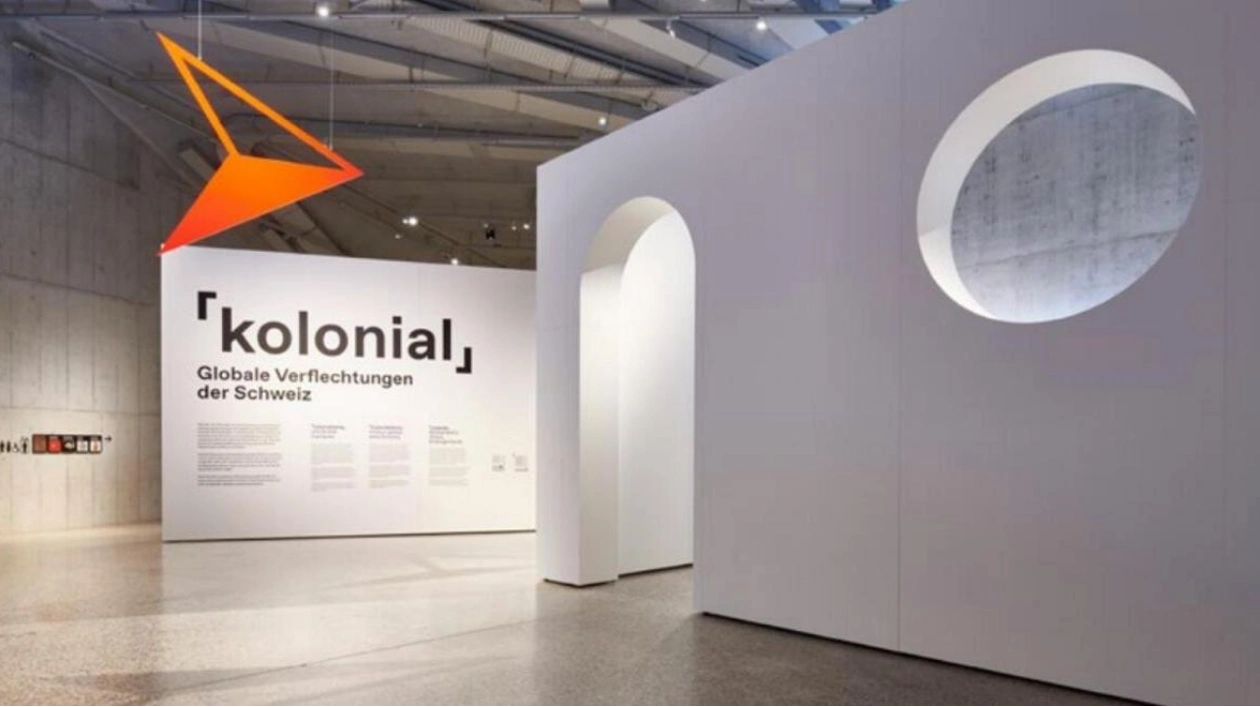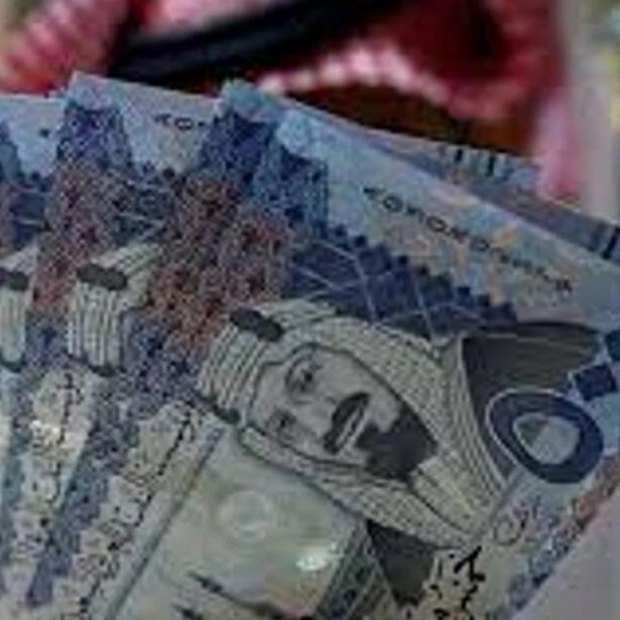Switzerland never held colonies, yet its traders, mercenaries, anthropologists, and missionaries played a role in colonial expansion, prompting discussions on how to address this less-acknowledged part of its history. A new exhibition at the Swiss National Museum in Zurich aims to illuminate this chapter of the Alpine nation's past, seeking to understand how Switzerland profited from the colonial era.
The exhibition, titled "Colonial: Switzerland's Global Entanglements," showcases objects and artifacts that document the landlocked country's involvement alongside major European colonial powers. Among the exhibits are 18th-century cotton cloth used by Swiss traders as currency to purchase enslaved individuals, sacks for loading goods like cotton and cocoa onto ships, and a uniform jacket from a Swiss mercenary regiment that initially served the Dutch East India Company before switching allegiance to the British crown. This regiment fought alongside the future Duke of Wellington in the 1799 Siege of Seringapatam in India, which led to the overthrow of Tipu Sultan of Mysore.
The exhibition also features a collection of butterflies assembled by a wealthy merchant involved in a coffee plantation in Cuba cultivated by slaves, and the cap and whip of a Swiss national who was recruited as a civil servant in the Congo Free State in the early 20th century. "It's a challenging topic," acknowledged Denise Tonella, the director of the Swiss National Museum. "Addressing an unflattering subject is never easy," she said, but "it's crucial for contemporary society." Tonella noted that since the Black Lives Matter movement, there has been significant debate about colonialism and Switzerland, with the exhibition intended to facilitate a deeper understanding of these issues.
Following protests in the United States in 2020 after the death of George Floyd and the toppling of a statue of a slave trader in Bristol, the Swiss city of Neuchatel faced controversy over its statue of David de Pury, an 18th-century banker and merchant. Although a major benefactor to his hometown in northwestern Switzerland, his statue was vandalized with red paint in 2020, and a group questioning his ties to the slave trade initiated a petition to remove it. A compromise was reached, resulting in an explanatory plaque and the installation of a critical artwork depicting the statue upside down, with its head buried in the base.
Professor Georg Kreis, in the exhibition catalogue, wrote that "different periods evoke different historical perspectives," explaining that these issues had long been "repressed" in academic circles. Historically, Switzerland, having no colonies, viewed itself as "outside the broader European history, enjoying a special status" as an "innocent country." However, "since the turn of the millennium, Switzerland's approach to its colonial past has evolved," with academic research on the topic increasing over the past two decades. Drawing on this research, the museum aims to reflect on all aspects of Swiss involvement, beginning with the trade in raw materials and the transatlantic slave trade that made merchants and plantation owners wealthy in the 18th century.
The exhibition also examines how Swiss mercenaries were recruited to quell rebellions in colonial territories and how geologists participated in oil exploration. Additionally, it highlights the Swiss naturalists and anthropologists who contributed to racial theories used to justify colonialism. The exhibition recalls how, in the early 20th century, the universities of Geneva and Zurich were renowned for their work in racial anthropology, where researchers measured skulls to categorize populations. The exhibition, which opened on Friday, will run until January 9.






